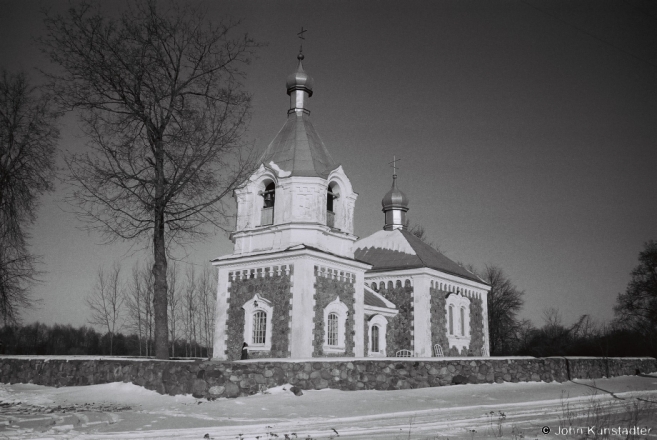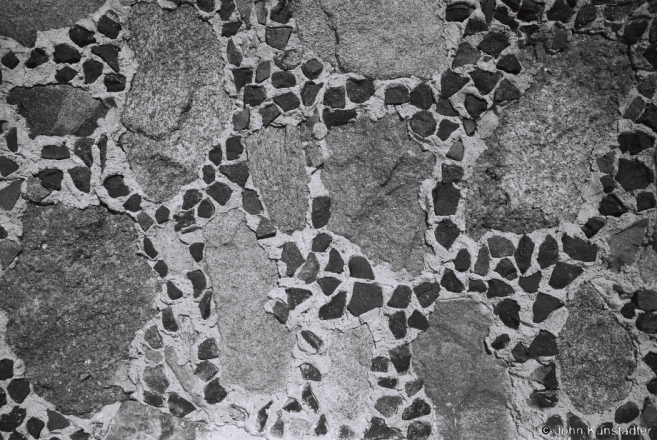Patrimony of Lida District (Part II). Спадчына Лідчыны (частка ІІ).
Churches of Belarus (part LXXIV): Orthodox Church of the Protection of the Holy Mother of God (1865-66), Myto 2014.
Цэрквы Беларусі (частка LXXIV): царква Пакрова Прасьвятой Багародзіцы (1865-66 гг.), Мыто 2014 год.
These photos are from a day-long survey of the patrimony of western Lida District and of Iuje District with Anton Astapovich, chairman of the Belarusian Association for the Preservation of Historical and Cultural Monuments (БДТАПГК).
Having crushed the Polish-Belarusian-Lithuanian uprising of 1863-1864, the Russian imperial authorities moved ruthlessly to re-impose control and to Russify the re-occupied territories to the maximum extent possible. One of the most visible aspects of re-imposed control was the imperial campaign to build new Russian Orthodox churches, or convert Roman-Catholic or former Greek-Catholic churches, using a narrow set of designs based on a central Russian architectural tradition alien to local styles.
These churches were dubbed Muraujouki (Мураўёўкі) after Count Mikhail Muraujou (Мураўёў in Belarusian, Муравьёв in Russian), the man chosen to reimpose imperial order, which he did in a brutal way that earned him the epithet “the Hangman”. Although not to the extent that Czech baroque art, also an instrument of imperial re-assertion of control, has become an integral part of the patrimony of the Czech lands, some of these Muraujouki, such as the one here in Myto, have inserted themselves slowly and comfortably into the landscape.
Фотаздымкі з вандроўкі па спадчыне заходняга Лідскага й Іўеўскага раёнах (Ганчары, Дроздава, Беліца, Няцеч, Цацкі, Тарнова, Белагруда, Мыто, Ваверка, Радзівонішкі, Голдава, Мікалаева) са спадарам Антонам Астаповічам, старшынёй Беларускага дабраахвотнага таварыства аховы помнікаў гісторыі й культуры (ГА БДТАПГК).
A masterly example of the use of gallettes to fill in spaces in the masonry.
Майстэрскае выкарыстаньне разынак ў мураванцы.

